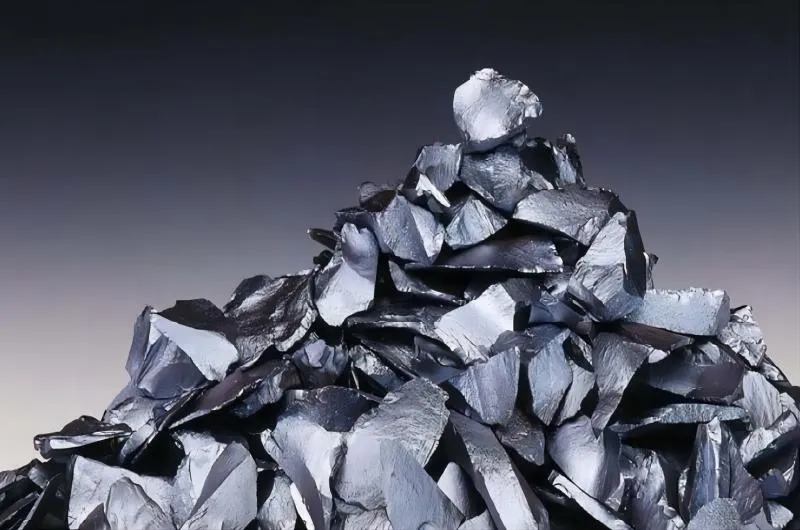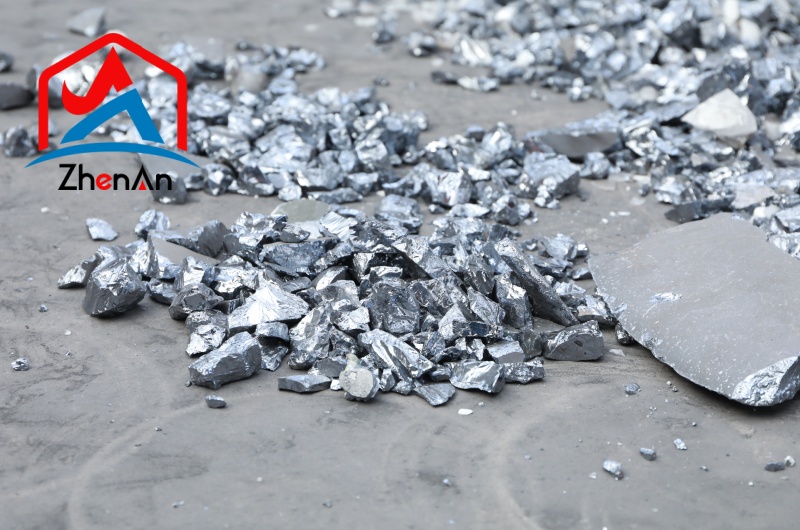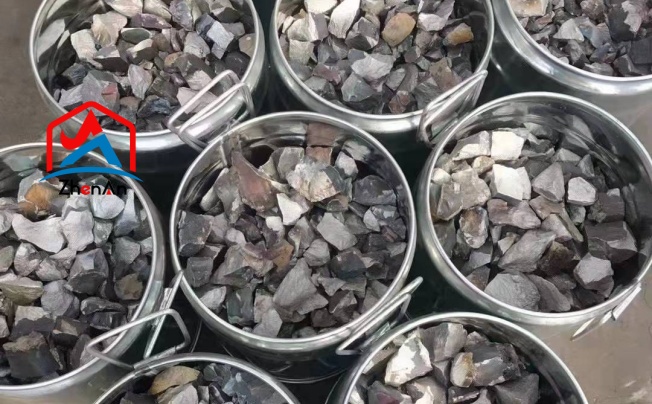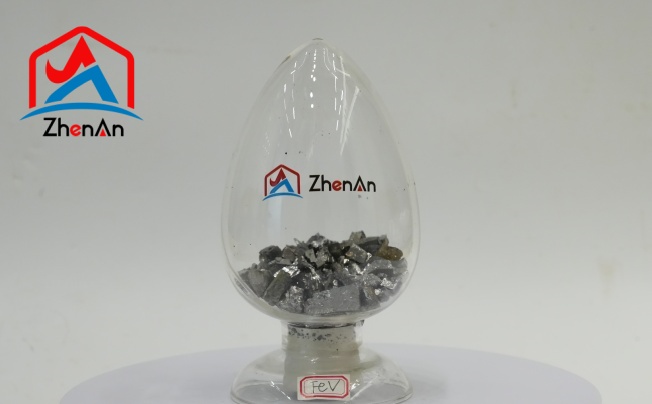BY  GENN
GENN
2024/06
Blog
What is The Element Silicon Best Used For?
What is Silicon?
The chemical element silicon has the atomic number 14 and the symbol Si. It is a tetravalent metalloid and semiconductor that is a hard, brittle crystalline solid with a metallic sheen that is blue-grey. It belongs to group 14 of the periodic table, which also includes germanium, tin, lead, and flerovium below it and carbon above it. Because silicon can be used to make a wide range of electrical devices, including integrated circuits, solar cells, and transistors, it is considered the most common semiconductor material. Silicon is also generally non-reactive.
Chemical Properties Of Silicon
A metalloid with several unique chemical characteristics is silicon.
Valence Electrons: Silicon has four valence electrons and belongs to group 14.
Reactivity: When exposed to air, silanes, or silicon hydrides, become extremely reactive and potent reducing agents. They are unstable at room temperature and often catch fire.
Silicides: Silicides are compounds with structures resembling those of carbides and borides, and they typically form at formation temperatures resembling those of those compounds with the same components.
Three isotopes of silicon can be found in natural silicon: 3.1% of Si-30, 4.7% of Si-29, and 92.2% of Si-28.
Bonding: Silicon is typically tetravalent, yet in some compounds, it can have bivalent characteristics. It creates silicon-organic compounds, such as polymers (silicones), which serve as glass-to-organic compound bonding intermediaries. These polymers are beneficial because they are flexible, resistant to chemical assault, and impermeable to water.
Allotropes: Silicon comes in two different forms: a brown powder lacking any crystal structure, and a lustrous, grayish-black, needle-like crystal or flat plate. Silicon has two melting and boiling points: 1,410°C (2,570°F) and 2,355°C (4,270°F).
These characteristics help silicon find widespread use in a variety of sectors, such as electronics, manufacturing, and construction.
Physical Properties Of Silicon
Like the diamond form of carbon, pure silicon is a hard, dark grey solid with an octahedral crystal structure and a metallic shine. Because of its structure, silicon is softer, more chemically reactive, and has a lower melting temperature than diamond. Additionally, silicon is available in an amorphous form, which is a brown powder with a microcrystalline structure.
Two allotropes of silicon exist. While one allotrope lacks crystal structure and typically manifests as a brown powder, the other allotrope is seen as bright, needle-like crystals or plates that are grey-black in colour.
Silicon’s melting and boiling points are 1,410°C (2,570°F) and 2,355°C (4,270°F), respectively.
Density: 2.33 grams per cubic centimetre is the density of silicon.
The distinctive qualities of silicon and its broad variety of uses across numerous industries are explained by these physical characteristics.
What Are The Uses Of Silicon?
Numerous industries use silicon for a variety of purposes, such as:
Electronics: Silicon is widely utilized as a semiconductor in the electronics sector, especially in the production of transistors, solar cells, microelectronic devices, and computer chips.
Silicones: Silicon is the raw material needed to make silicones, which are siloxane polymers. These silicones find numerous uses, such as a lubricants in cosmetics and hair conditioners, as well as in kitchenware, automobile parts, and waterproof sealants.
Building Materials: Portland cement is used to make mortar and stucco, bricks, ceramics, and concrete for roads, walkways, and foundations are just a few of the building materials that are made with silicon.
Alloys: Silicon is used to create alloys, such as ferrosilicon and aluminum-silicon, which are used to deoxidize steel and to build cylinder heads, engine blocks, dynamo and transformer plates, and machine tools.
Applications in Medicine and Cosmetics: Silicon plays a significant role in cosmetic surgery and is utilized in medicine, including the creation of saline solution implants.
Other Uses: Silicon is also used to make high-strength ceramics, silicone rubber, abrasives, and silicones, which are synthetic polymers containing silicon.
These varied uses demonstrate how crucial silicon is to many facets of contemporary life.
What is The Element Silicon Best Used For?
The most well-known application of the element silicon is as a semiconductor in electronics. It is a vital component of computer chips and microelectronics. Transistors, the building blocks of all electronics, from radios to smartphones, depend on it to switch or amplify electrical currents.
Silicon is an essential element in the renewable energy sector since it is also commonly employed in the manufacture of solar cells. It is also utilized in the production of silicones, which find a wide range of uses in goods including cosmetics, car components, and kitchenware.
Additionally, silicon is utilized in the synthesis of alloys like ferrosilicon and aluminum-silicon, which are employed to make a variety of industrial components like machine tools, cylinder heads, and engine blocks.
These uses demonstrate the importance of silicon in contemporary industry and technology.












